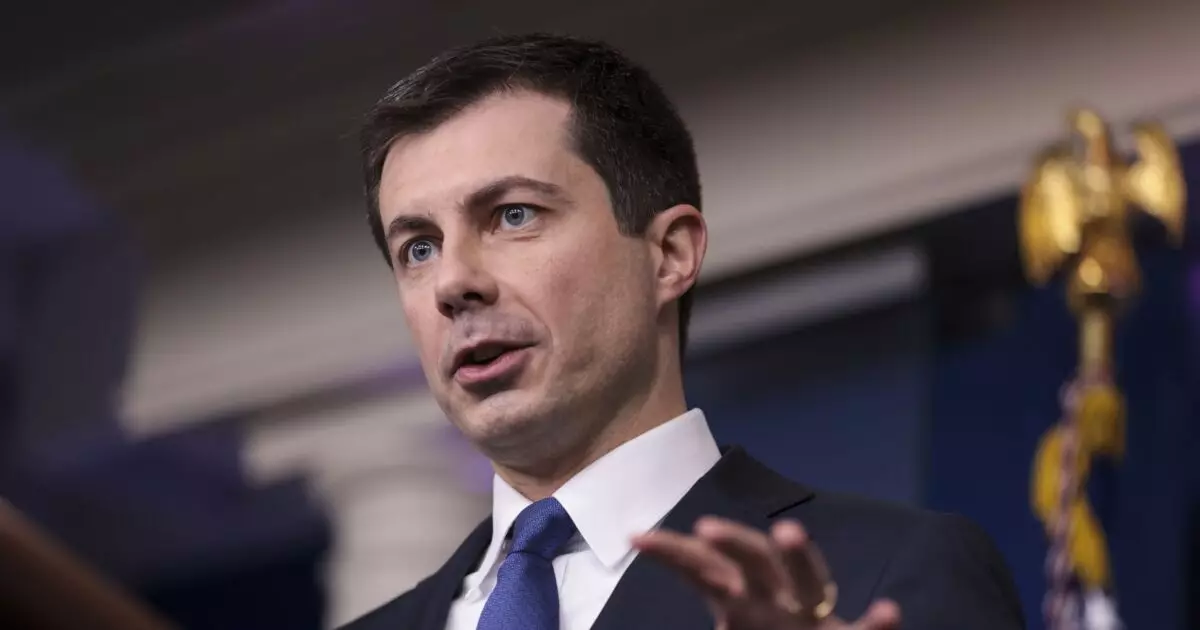Revitalizing America’s Rail Network: A Financial Commitment with Political Implications

In a significant move to bolster the nation’s rail infrastructure, the Department of Transportation (DOT) has announced an allocation of $2.4 billion earmarked for 122 rail projects across 41 states, including the District of Columbia. This initiative arises amid growing apprehensions surrounding ongoing infrastructure funding, particularly concerning the future of rail services in America. The announcement of funding, facilitated through the Bipartisan Infrastructure Law (BIL), highlights the federal government’s commitment to enhance transportation systems, create jobs, and support localized workforce development.
Transportation Secretary Pete Buttigieg emphasized the positive outcomes of this investment, stating that the projects will yield not just infrastructural improvements but also significant economic benefits for communities nationwide. The overarching aim is to solidify supply chains, enhance the accessibility of passenger rail services, and ensure the safe and efficient transportation of freight. This focus on rail projects represents a crucial step towards modernizing America’s transportation networks, which have long suffered from underinvestment.
The funding will be administered through the Federal Railroad Administration (FRA), specifically via the Consolidated Rail Infrastructure and Safety Improvements Program (CRISI). This unique grant program prioritizes the funding of smaller, short-line railroads, which often play vital roles in regional economic development. Among the notable projects receiving significant support is the Springfield Rail Improvements Project, designed to facilitate quicker rail connections between St. Louis and Chicago. Securing $157 million for necessary track improvements and improved grade crossing separations, this project underscores the larger vision of enhancing intercity rail travel.
Notably, the Springfield project has faced its share of complications, including previous funding denials due to construction timeline challenges. The $475 million initiative has been in progress since 2010 and seeks to relocate rail lines to a new corridor, accompanied by updates to transit facilities such as overpasses, underpasses, and a modern transit center. These advancements are expected to facilitate smoother and faster rail operations in the region, highlighting how such investments can directly benefit local communities.
Despite the apparent bipartisan support for the infrastructure law, its implementation has not been devoid of criticism. As funding flows into various projects, concerns loom over the efficiency and future sustainability of these investments. Congressional scrutiny, particularly from the House Committee on Transportation and Infrastructure, has brought to light questions about the pace at which funds are being disbursed. Secretary Buttigieg has reassured stakeholders that funding obligations remain on schedule, yet the committee’s inquiries reveal an underlying tension regarding the viability of these projects in the long term.
The landscape becomes even more complex as discussions around reauthorizing the BIL intensify following the upcoming election. Legislators like Rick Larsen of Washington have expressed a clear desire to retain support for these significant funding initiatives. However, uncertainty regarding political climates raises concerns that funding gaps could worsen, impacting the ambitious plans to enhance the US rail system.
A recent report from Hilltop Securities has generated alarms regarding the potential hurdles confronting US infrastructure, irrespective of electoral outcomes. This warning accentuates the fragility of infrastructure funding amidst shifting political priorities. The report encapsulates the concerns of many stakeholders who fear that the current momentum in rail investment may stall, leading to a deterioration in the nation’s transportation capabilities.
As we look to the future, the success of these rail projects will largely depend not only on financial support but also on the political will to uphold and expand such critical infrastructure initiatives. In a landscape fraught with challenges, the focus must remain on creating a robust and interconnected rail network that meets the needs of a growing economy while overcoming political turbulence.
While the DOT’s recent funding announcement for rail projects signifies a hopeful step towards revitalizing America’s transportation system, any sustained progress will require navigational finesse amidst the inevitable political tides. The road ahead is essential not only for infrastructure but for the nation’s economic fabric as a whole.





